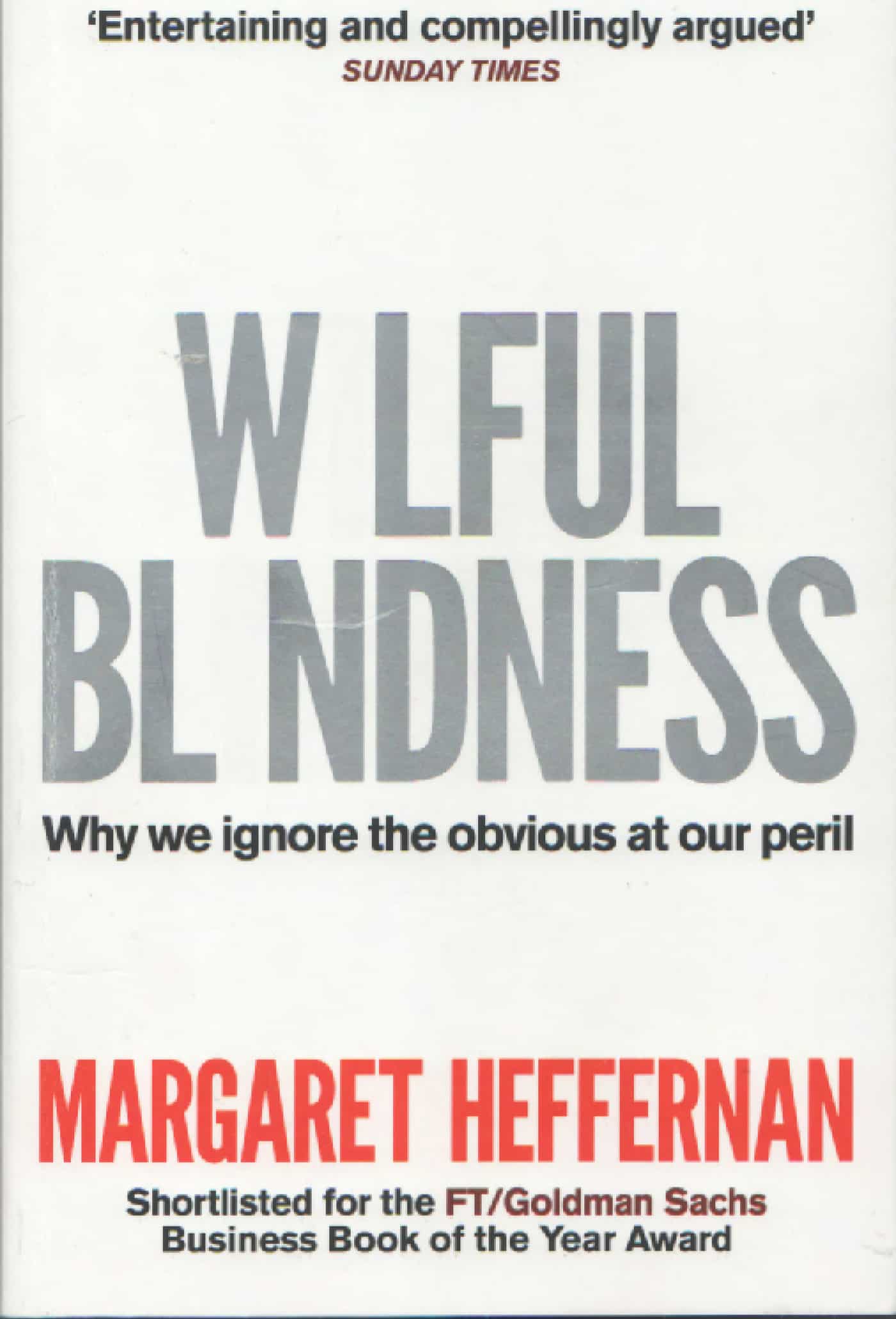On 7 August 2012, the Victorian Premier, Ted Baillieu, verbally attacked the Federal Government over its COAG program and lack of support for productivity initiatives. The criticism of productivity sounded odd as the Victorian Government has dropped out of the reform program for occupational health and safety laws yet OHS is understood to have a positive effect on productivity. More clarification was needed on this understanding.
 In April 2012 the Productivity Commission, an organisation favoured by Premier Baillieu, discussed OHS reforms in Australia. that
In April 2012 the Productivity Commission, an organisation favoured by Premier Baillieu, discussed OHS reforms in Australia. that
“Improved health and safety outcomes achieved in practice would then lead to benefits for businesses (such as increased worker productivity, reduced worker replacement costs and reduced workers’ compensation costs), workers (increased participation, reduced medical costs among others) and society more generally (though reduced public expenses on health, welfare and legal systems).” (page 170)
For years there has been a debate about safety versus productivity. Partly this stemmed from the taking of shortcuts on safety in order to satisfy production. In the short-term, it was perceived that safety could be an impediment to production – take the guard of a machine, run the line speed faster than recommended, “don’t worry about the faceshield, just get it done”. But safety professionals have been arguing that this risky behaviour masks the real problem of not integrating safety management into the business operations and seeing safety as an optional add-on, or something applied when the boss is watching.
The recently released OHS Body of Knowledge provides some relevant insights on the productivity benefits of safety management that deserve better and broader communication. Continue reading “OHS – the missing element in productivity debate”



